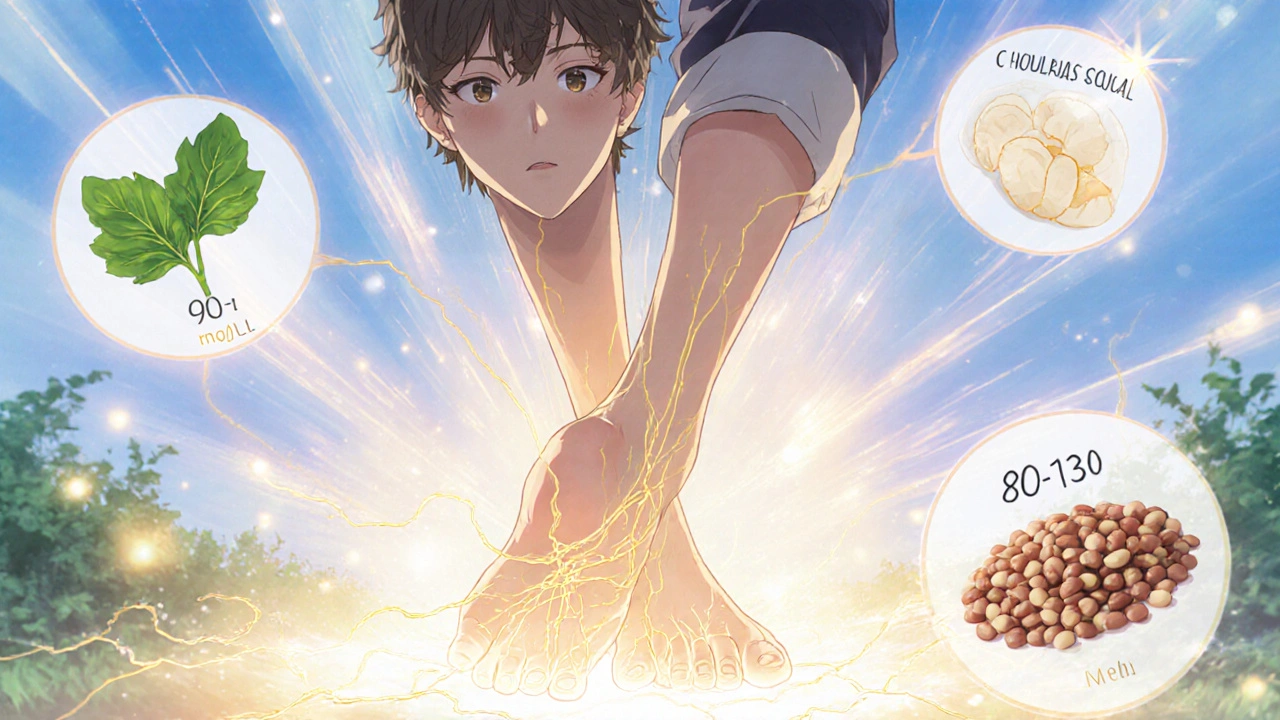Blood Sugar Control: Simple Ways to Keep Your Levels Balanced
Ever wonder why your energy crashes after a meal or why you feel thirsty all the time? Most of those moments link back to blood sugar spikes or drops. Keeping glucose steady isn’t about extreme diets or fancy gadgets; it’s about everyday choices you can start right now.
How Food Impacts Your Blood Sugar
Carbs are the main driver of blood glucose. Not all carbs are created equal – a slice of white bread will raise your sugar faster than a handful of berries. Look for foods with a low glycemic index (GI) like oats, legumes, and non‑starchy vegetables. Pair carbs with protein or healthy fats, and the rise in glucose slows down, giving you steadier energy.
Portion size matters too. Even healthy carbs can cause a spike if you eat a mountain of them. A good trick is to fill half your plate with non‑starchy veggies, a quarter with lean protein, and the remaining quarter with whole grains or fruit. This visual cue keeps your meals balanced without counting calories.
Medication, Monitoring, and Lifestyle Hacks
If you’ve been prescribed Metformin, Micronase, or other diabetes meds, take them exactly as your doctor says. Skipping doses or doubling up can throw your sugar levels off and lead to danger. Most of our posts, like the guide on buying Metformin online safely, walk you through how to get the right medication without a hassle.
Regular glucose monitoring is your reality check. A quick finger‑stick or a continuous glucose monitor (CGM) shows you how food, activity, stress, and sleep affect you personally. Aim to check at least before meals and a couple of times after. Spotting patterns helps you tweak meals or activity before problems arise.
Exercise is a natural sugar‑lowering tool. Even a 20‑minute walk after dinner can improve insulin sensitivity. Mix cardio with strength training – muscles use glucose even when you’re resting, keeping overall levels lower.
Stress and sleep are silent saboteurs. High cortisol from stress pushes glucose up, while poor sleep messes with hormone balance. Try short breathing breaks, a hobby you enjoy, and aim for 7‑8 hours of quality sleep each night.
Finally, stay hydrated. Water helps kidneys flush excess sugar. Swap sugary drinks for plain water, herbal tea, or sparkling water with a splash of lemon.
By combining smart food choices, consistent medication, regular monitoring, and lifestyle tweaks, you’re setting up a solid foundation for blood sugar control. Need more detailed guides? Check our articles on Metformin, Micronase, and low‑sugar diet plans – they’re packed with step‑by‑step tips you can apply today.
-
Neuropathy in Diabetes: How to Manage Pain and Protect Your Nerves
Learn how to manage diabetic neuropathy pain and protect your nerves through blood sugar control, effective medications, topical treatments, and lifestyle changes. Discover what really works - and what to avoid.
-
Januvia: Benefits, Side Effects, and What to Know About This Diabetes Medication
Uncover how Januvia (sitagliptin) works for type 2 diabetes, its benefits, side effects, and tips to get the best results for managing blood sugar naturally.

